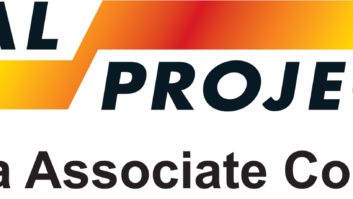Sell-through of satellite and terrestrial digital radios will hit 33.7 million units in 2007 from this year’s projected sales of 650,000 satellite units, according to an Allied Business Intelligence study.
Sales in 2003 are expected to rise to 2.1 million, which will include the first terrestrial digital radio receivers. Sales in 2004 will more than double to 4.5 million, then hit 7.4 million in 2005 before doubling again in 2006 to 15.6 million, the report said.
Milestones along the way include:
- First-quarter 2003 delivery of terrestrial digital car radios to automakers and to the aftermarket.
- the first home-dedicated satellite receivers by the end of this year.
- the first satellite boombox, due from Jensen in the second half.
- the first headphone-portable satellite receivers around 2006.
“Around 2005 and 2006, you’ll see real significant uptake [in satellite-receiver sales] when chipset issues are solved and Walkman-type satellite portables comes to market,” said analyst Frank Viquez.
Chipset and antenna issues are preventing the launch of satellite portables, he said. Chipset issues include size, cost, battery consumption, and heat dissipation, he explained. Satellite car radios use a heatsink to dissipate heat, and Sony’s transportable uses a fan, he said.
A large antenna isn’t a drawback in satellite boomboxes like the one planned by Jensen. The supplier’s boombox can also be plugged into AC for power to avoid short battery life.
Allied didn’t break out satellite and terrestrial sales, nor did it break out home, portable, and car sales.
One stumbling block preventing quicker uptake is the proliferation of digital standards, Allied said. “XM, Sirius, and iBiquity [the developer of terrestrial digital technology] have created their own proprietary chipset specifications, with any hopes for standardization still several years away,” Viquez said. “In the interim, major chipmakers will need to cater to these various U.S. digital audio standards in addition to global standards … This promises to keep silicon costs high until significant mass production levels are reached.” Chip reusability among designs isn’t feasible, he said, because of the different modulation schemes.
In satellite and terrestrial radio, Allied said it sees the potential of telematics. “Ford is a stakeholder in iBiquity and is the only OEM openly investigating terrestrial,” Viquez said. “Terrestrial [telematics] will be more cost-effective, and you can do it regionally,” he noted. Terrestrial would deliver local traffic, weather, sports and ads, although satellite radio could do likewise because its radios are addressable. Satellite users, however, would have to update the network of their location if they’re traveling cross-country.













